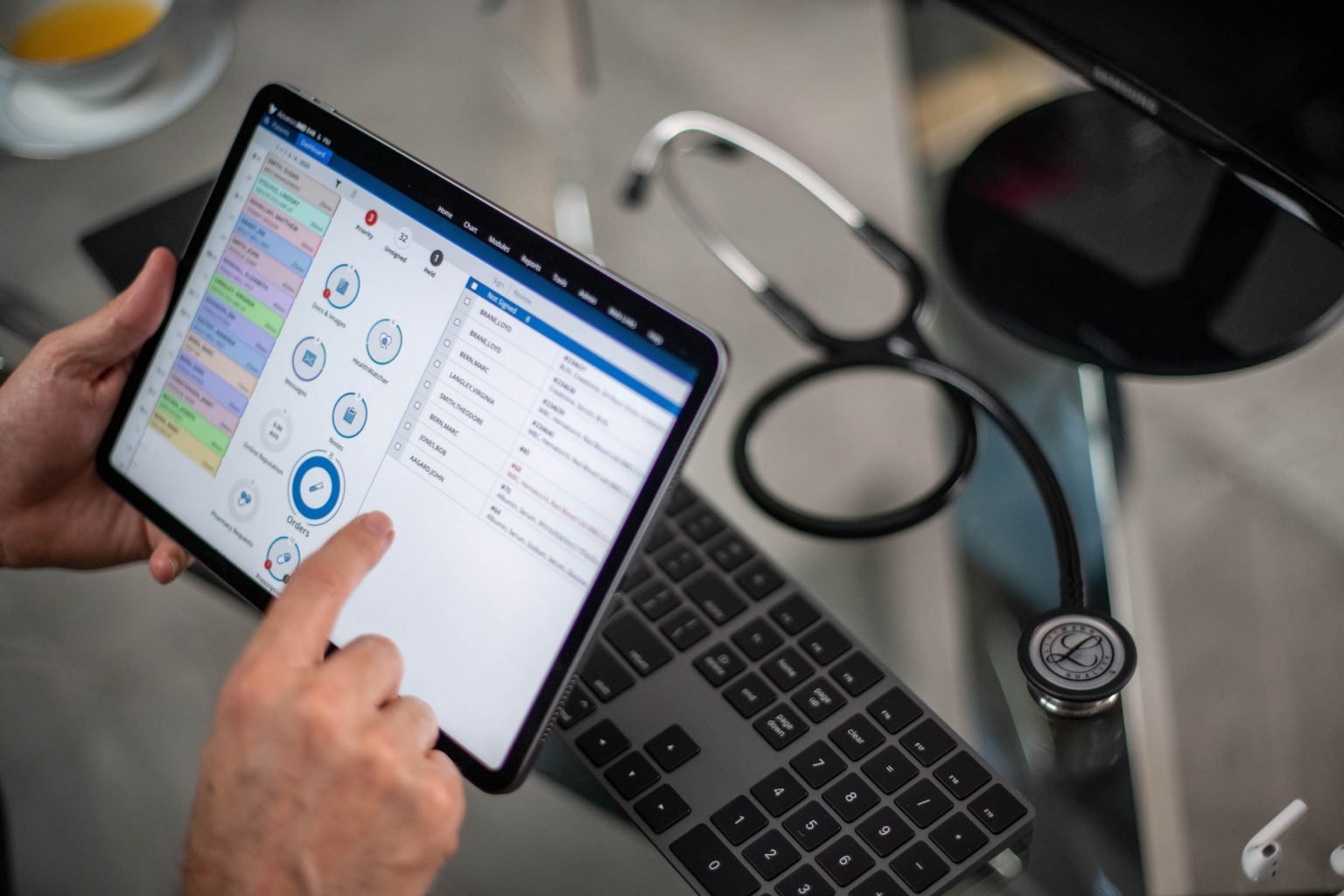Have you ever found yourself frustrated with your electronic health record (EHR)? If you have, you’re not alone. Many healthcare professionals find EHRs to be confusing, time-consuming, and simply not user-friendly.
EHRs or electronic health records are important tools in the healthcare industry. They help providers keep track of patient information, schedule appointments, and more. However, they can also be a source of frustration for both providers and patients.
There are a few simple tweaks that can be made to improve the usability of EHR software. By following these tips, you can make your EHR work better for you and make the data entry process faster and easier.
- Use Shortcuts
If you’re entering data into your EHR, chances are you’re doing a lot of repetitive actions. Rather than taking the time to click through each menu item, use shortcuts to save time.
For example, most EHRs allow you to use the tab key to move from one field to the next. You can also use shortcuts like CTRL + S to save a record or CTRL + P to print a record. By using shortcuts, you can speed up the data entry process and make it more efficient.
- Customize Your Views
One of the great things about EHRs is that they offer a lot of flexibility when it comes to how you view data. However, this flexibility can also be a source of frustration if you’re not using the right views for your needs.
Take some time to customize the way your EHR looks. For example, if you’re a primary care provider, you might want to create a view that includes all of the important information for each patient. On the other hand, if you’re a specialist, you might want to create a view that only includes information relevant to your specialty.
By customizing your views, you can make your EHR work better for you and make it easier to find the information you need.
- Use Templates
Another great way to improve the usability of your EHR is to use templates. Templates can be used for everything from patient intake forms to progress notes.
Using templates can save you a lot of time and frustration. Rather than starting from scratch each time you need to enter data, you can simply use a template and fill in the relevant information.
- Take Advantage of Online Resources
If you’re having trouble using your EHR, don’t be afraid to seek out help. There are a number of online resources that can help you become more familiar with your EHR software.
In addition, many EHR vendors offer training and support services. These services can be extremely helpful if you’re having trouble using your EHR.
- Stay Up-to-Date
EHRs are constantly evolving. New features and functionality are being added all the time. In order to get the most out of your EHR, it’s important to stay up-to-date on the latest changes.
In most cases, your EHR vendor will provide you with updates and information about new features. However, you can also find helpful information online. There are a number of blogs and forums that discuss EHRs and offer tips and advice on how to use them effectively.
- Give Feedback
If you’re not happy with the way your EHR is working, don’t be afraid to give feedback. In many cases, your feedback can help improve the software.
In addition, giving feedback can also help you build a relationship with your EHR vendor. By sharing your concerns and ideas, you can help shape the future of the software and make it better for everyone.
- Be Patient
Learning to use an EHR can take some time. Don’t be discouraged if you don’t feel comfortable using the software right away. Just like anything else, it takes time to get used to new technology.
If you’re having trouble using your EHR, try these tips. With a little practice, you’ll be an expert in no time.
By following these tips, you can improve the usability of your EHR and make the data entry process faster and easier. In addition, you’ll be better prepared to take advantage of the latest features and functionality as they’re released.


